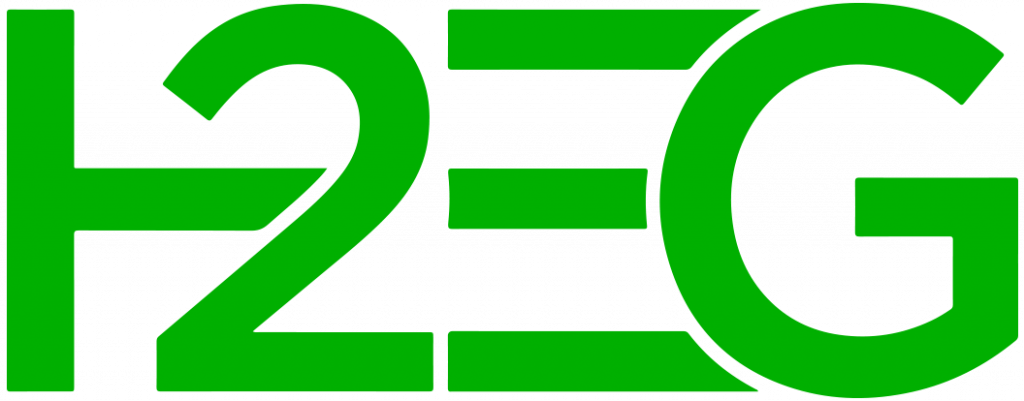
The Erongo proof-of-concept facility targets an annual output of 18 tonnes of green hydrogen and 100 tonnes of green ammonia. The latter is used to produce fertiliser for over 400 tonnes of greenhouse-grown vegetables annually.
Namibia and Sub-Saharan Africa face fertiliser shortages and high import costs, with farmers applying only about 15% of the fertiliser needed for healthy yields. The initiative aims to replace costly imports with affordable, locally produced green fertilisers.
Backed by the Namibian and German governments, the “Net Zero village” splits borehole water with an electrolyser powered by local renewable power. A solar photovoltaic field has already been installed for the pilot, while there are also plans for wind turbines.
The Daures Green Hydrogen Consortium is also eyeing a scale-up roughly 10 times larger than the pilot: a 5.5GW renewables complex with 2.5GW of electrolysers.
Currently at the feasibility stage, the project could produce over 180,000 tonnes of hydrogen and one million tonnes of renewable ammonia annually.
While green fertilisers will be supplied to other Namibian locations and neighbouring landlocked countries, such as Zambia and Botswana, developers have ambitions to export fertilisers in the long term.
Europe, in particular, represents an attractive market as the EU’s Carbon Border Adjustment Mechanism (CBAM) will increasingly penalise carbon-intensive imports.
“The EU and the rest of the world do remain a very interesting potential market,” said Jerome Namaseb, Daures Green Hydrogen Village CEO.
“For example, the EU, with initiatives, policies and frameworks such as CBAM, incentivises a country like Namibia to take advantage of superior renewable energy resources to try and access these markets.”
The consortium will start construction of its United Nations Industrial Development Organisation (UNIDO)-funded ammonium sulfate fertiliser pilot this month, which is set to be completed in 2027.
By then, they also plan to start building a 100MW plant to produce 20,000 tonnes of green ammonia and 80,000 tonnes of fertiliser annually.
Webinars
H2 View’s webinars platform is an interactive space for speciality talks on the latest hot topics and key trends, given by influential industry figures and authorities.
With the help of an actively engaged audience, there is an opportunity for a collaborative Q&A session with discussions, debates and live feedback.
All of H2 View’s previous webinars are available on-demand to subscribers. You can view H2 View’s 2024 webinar programme here.

